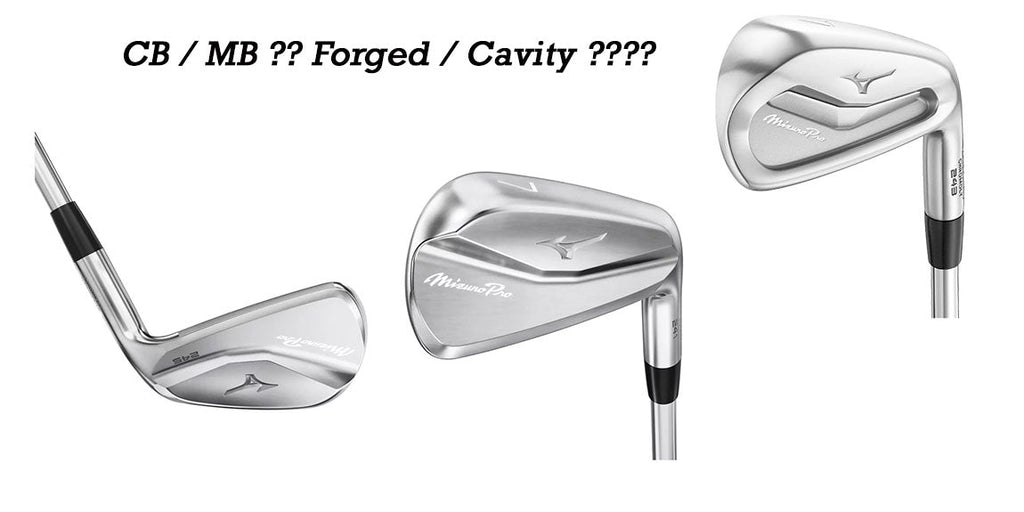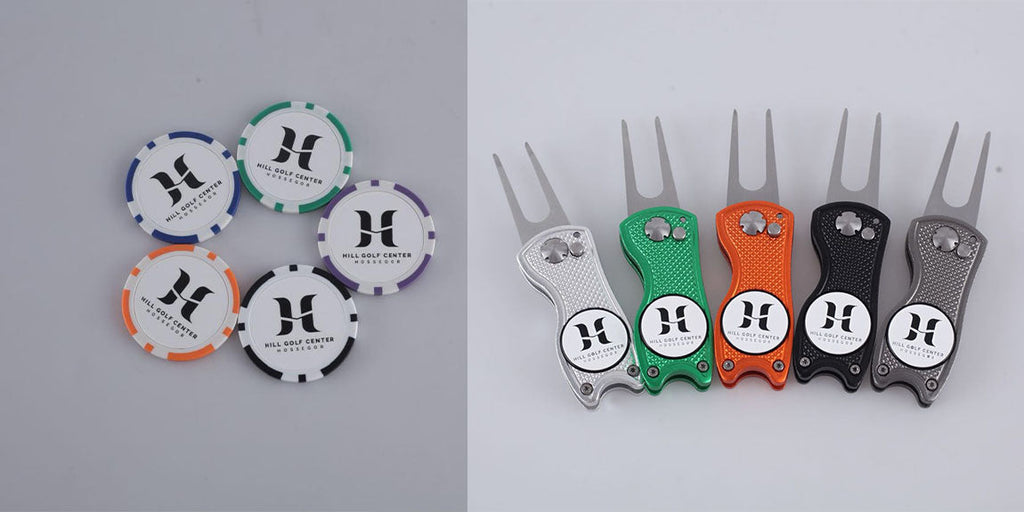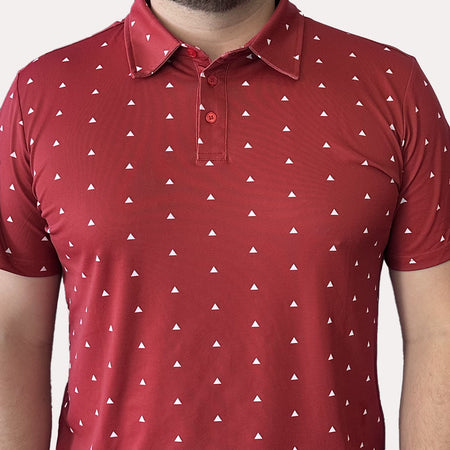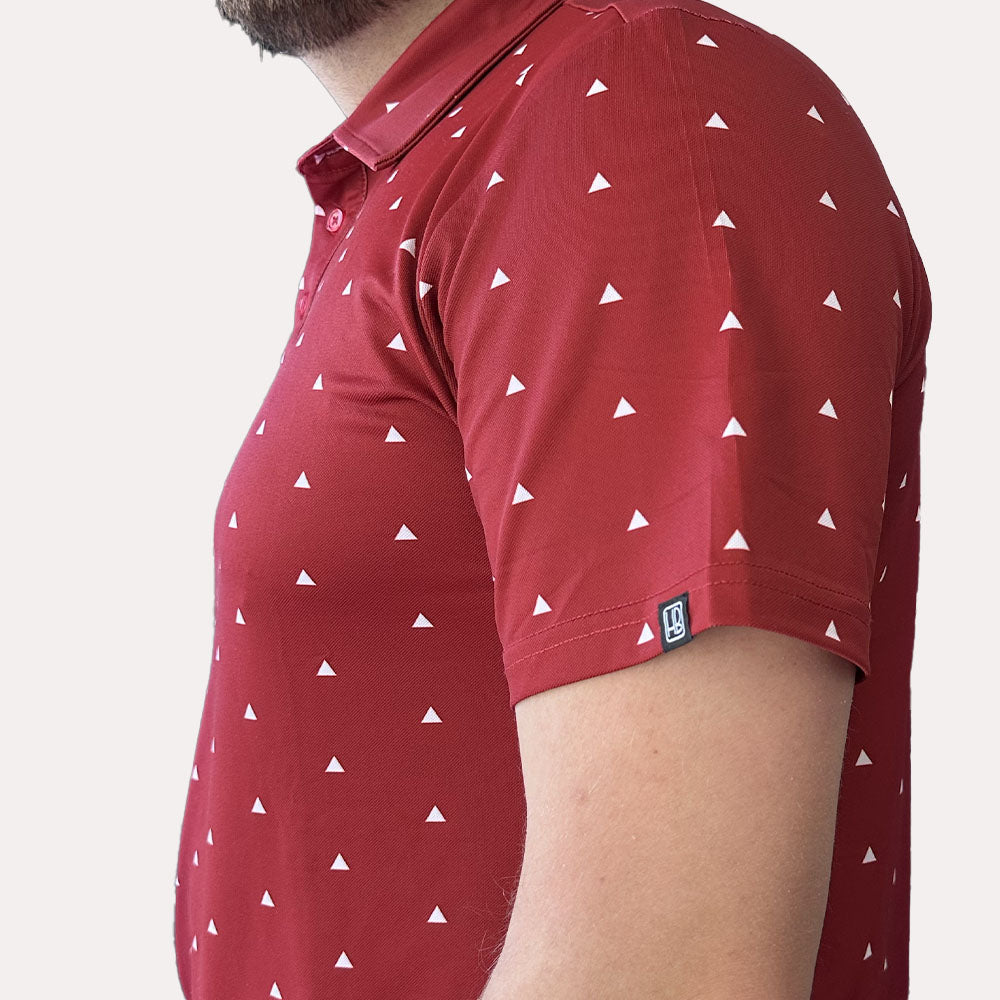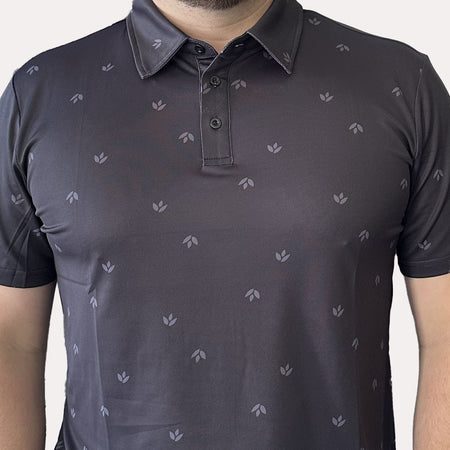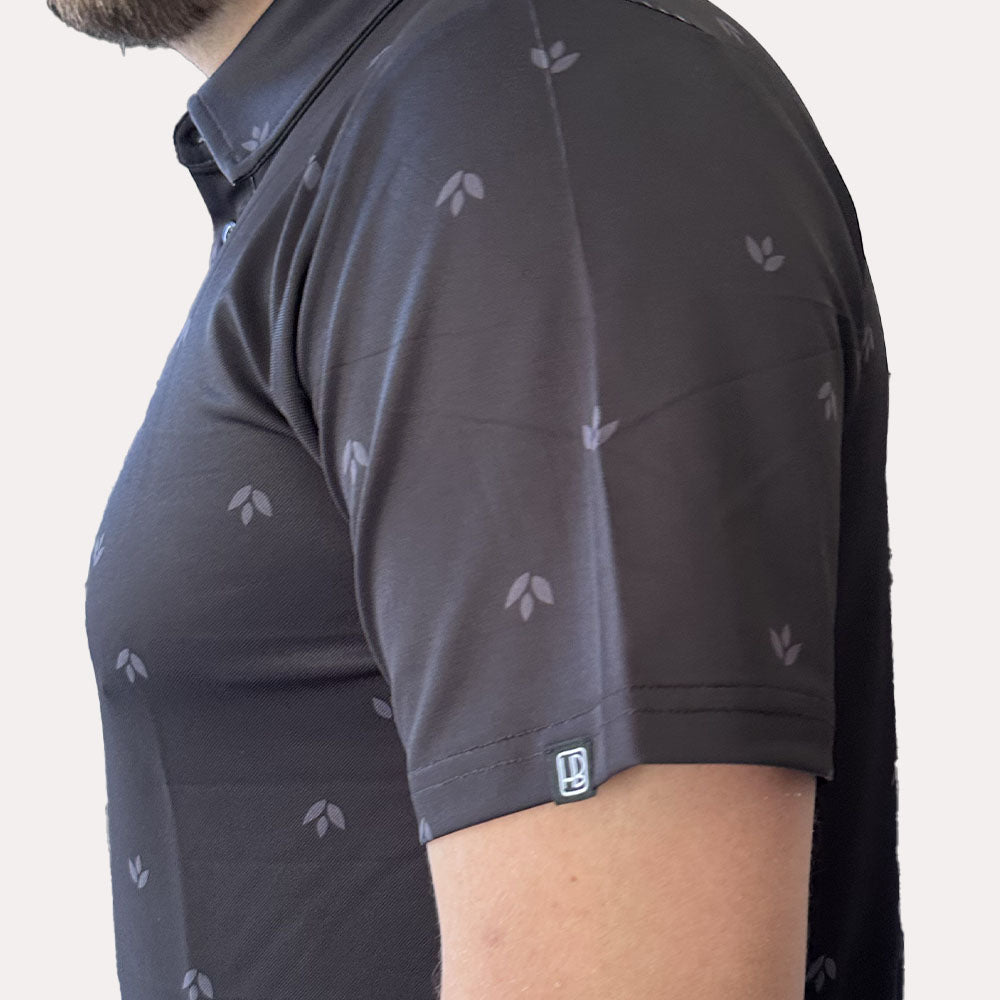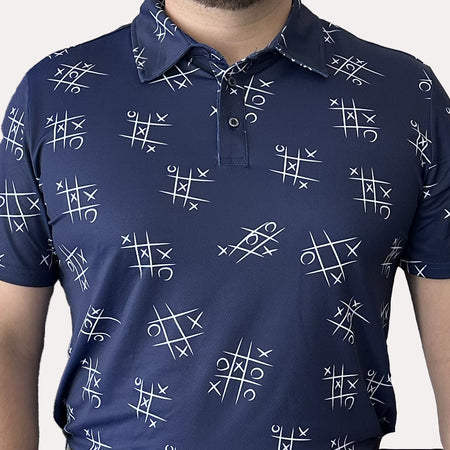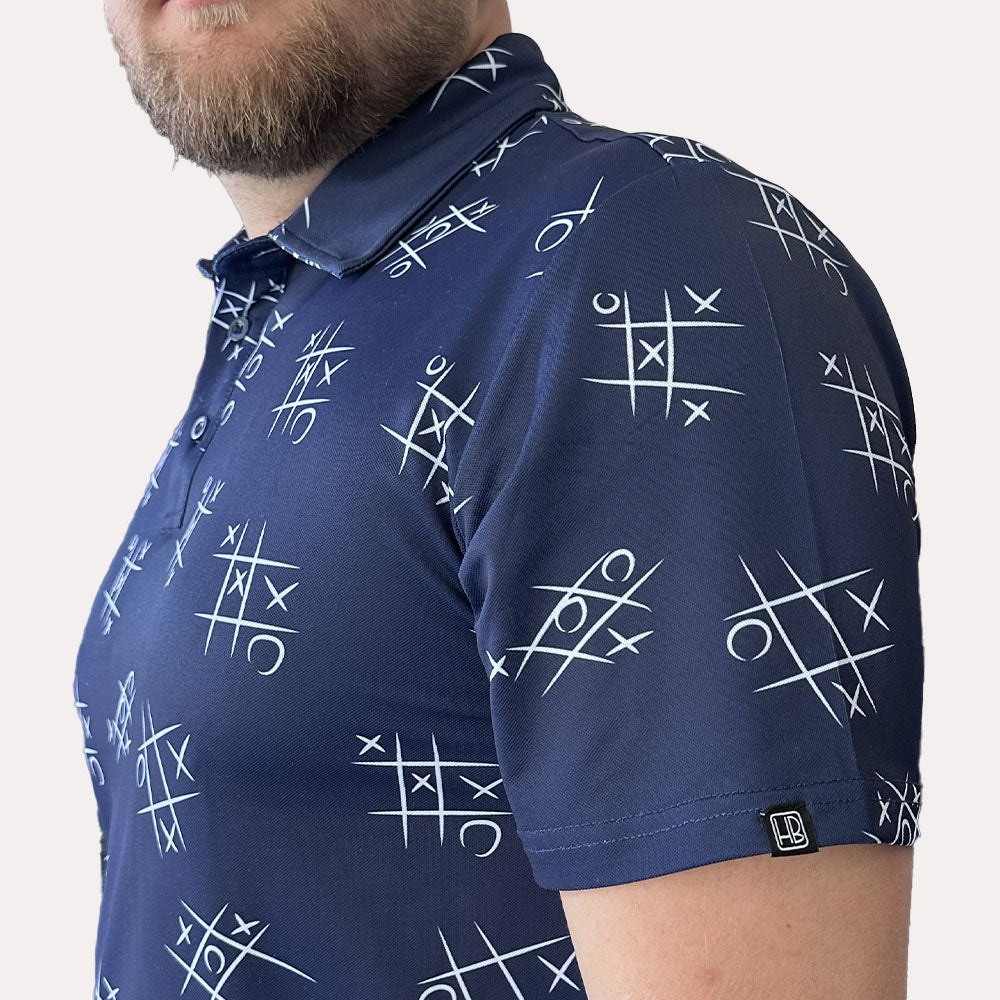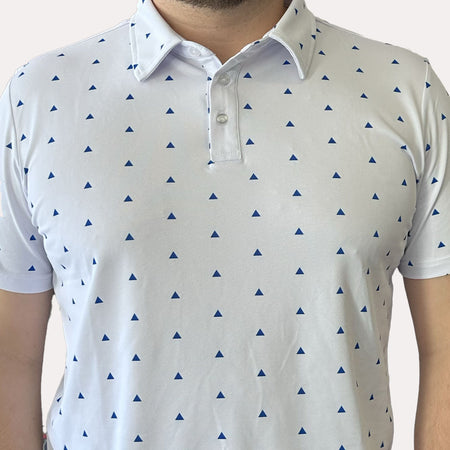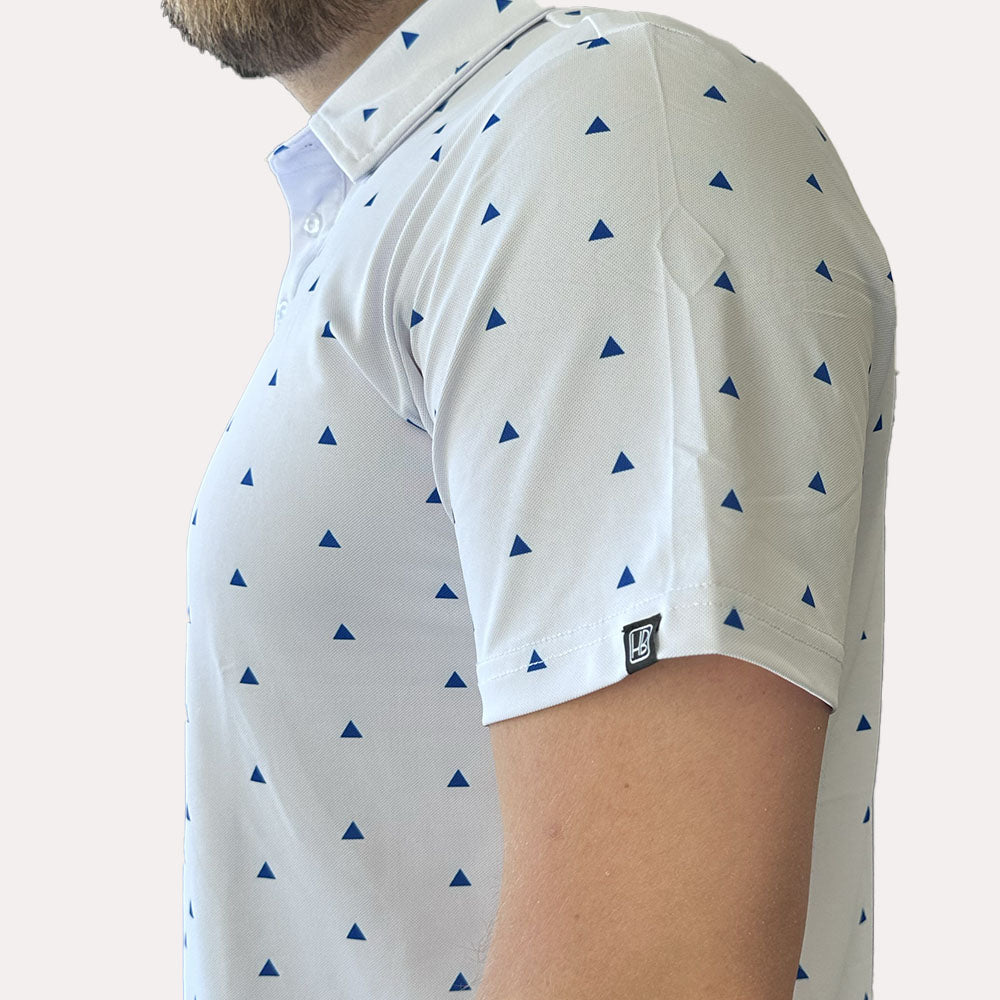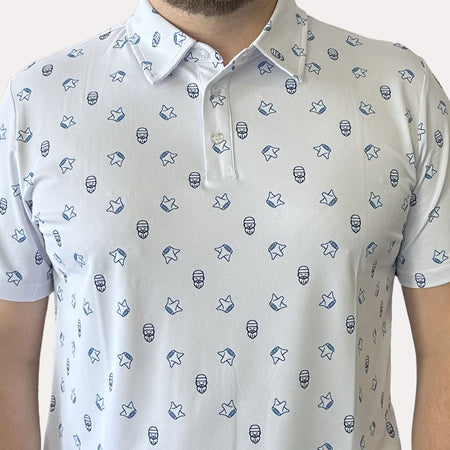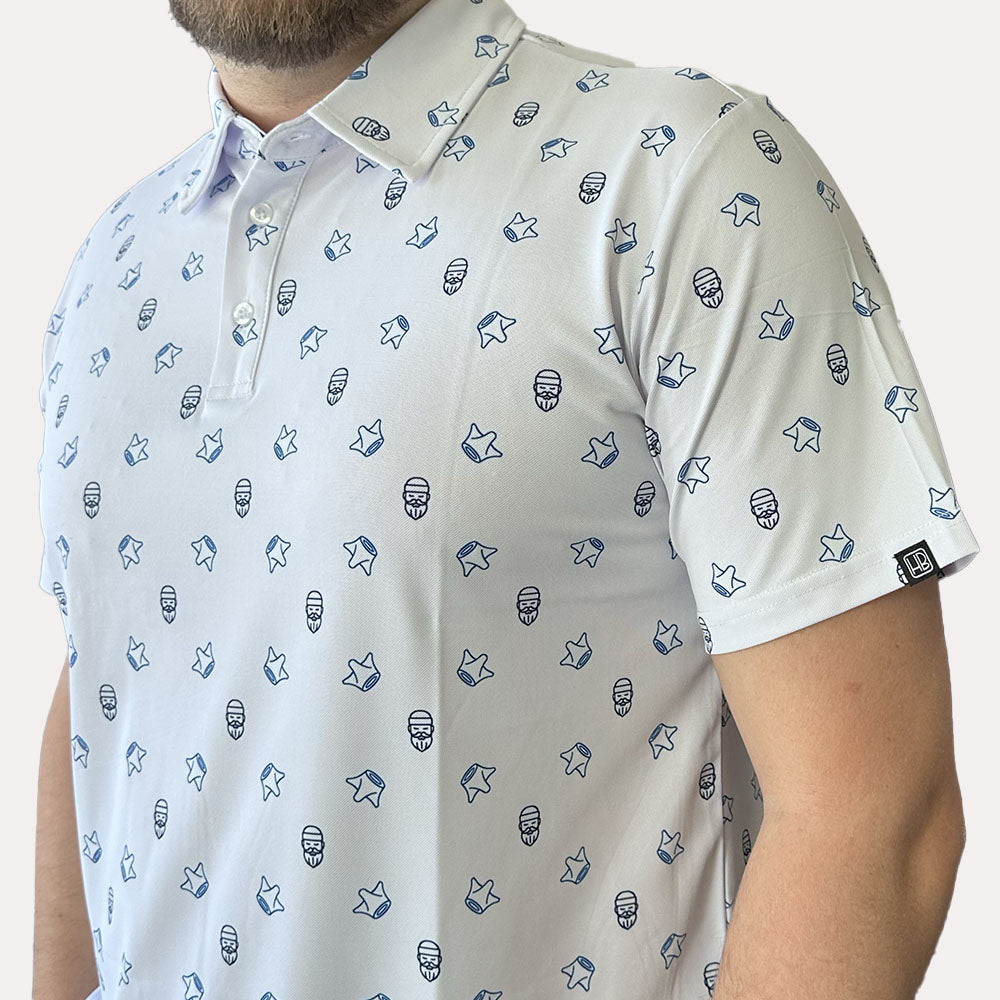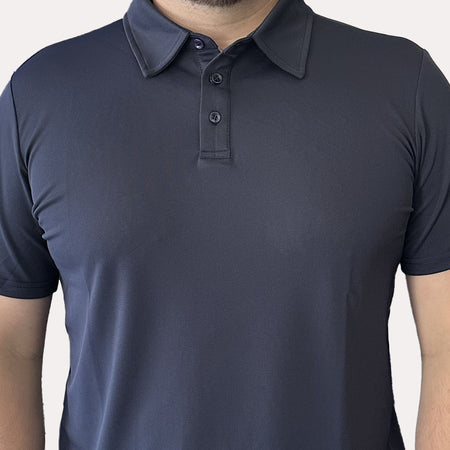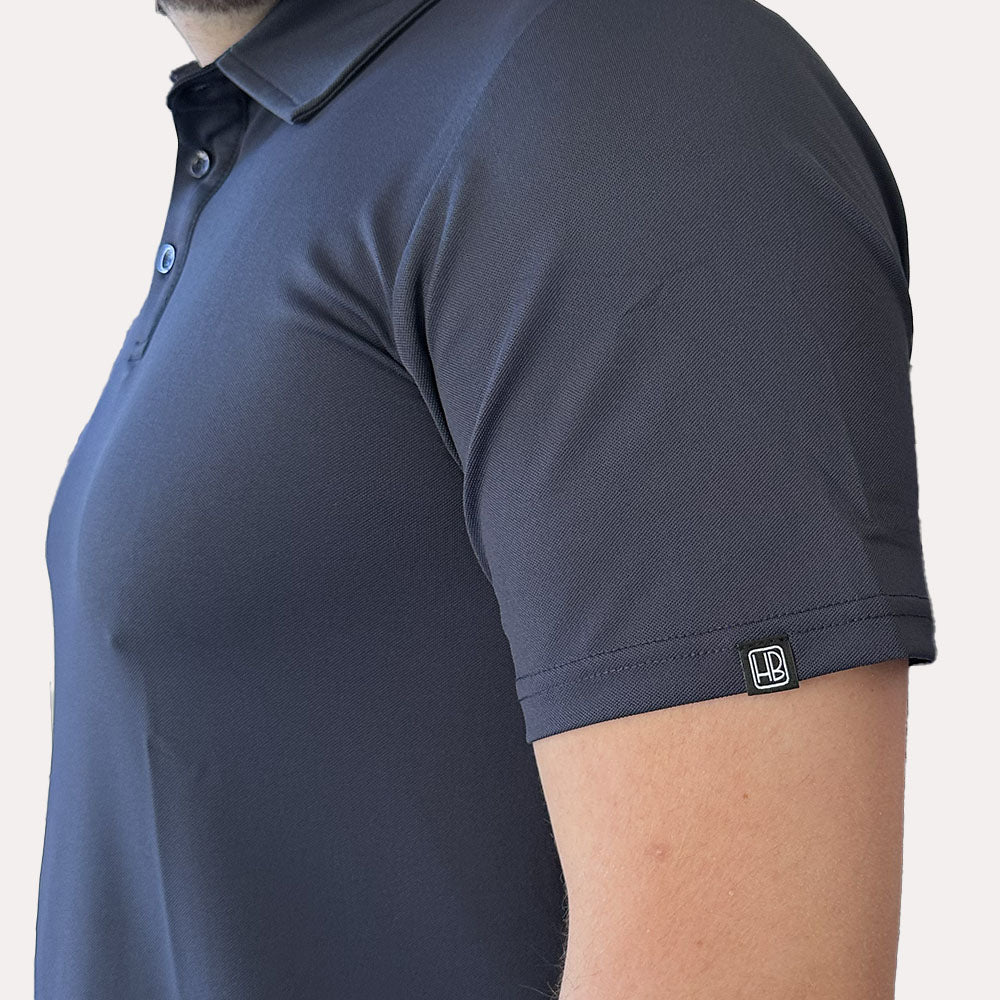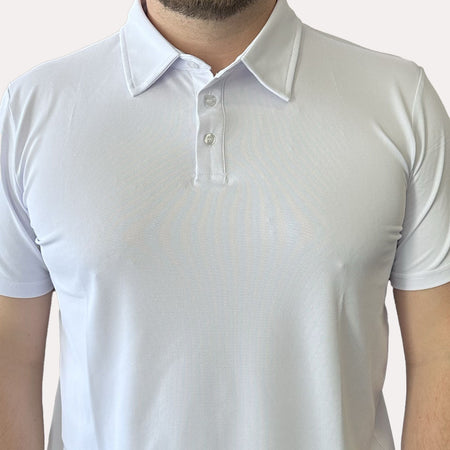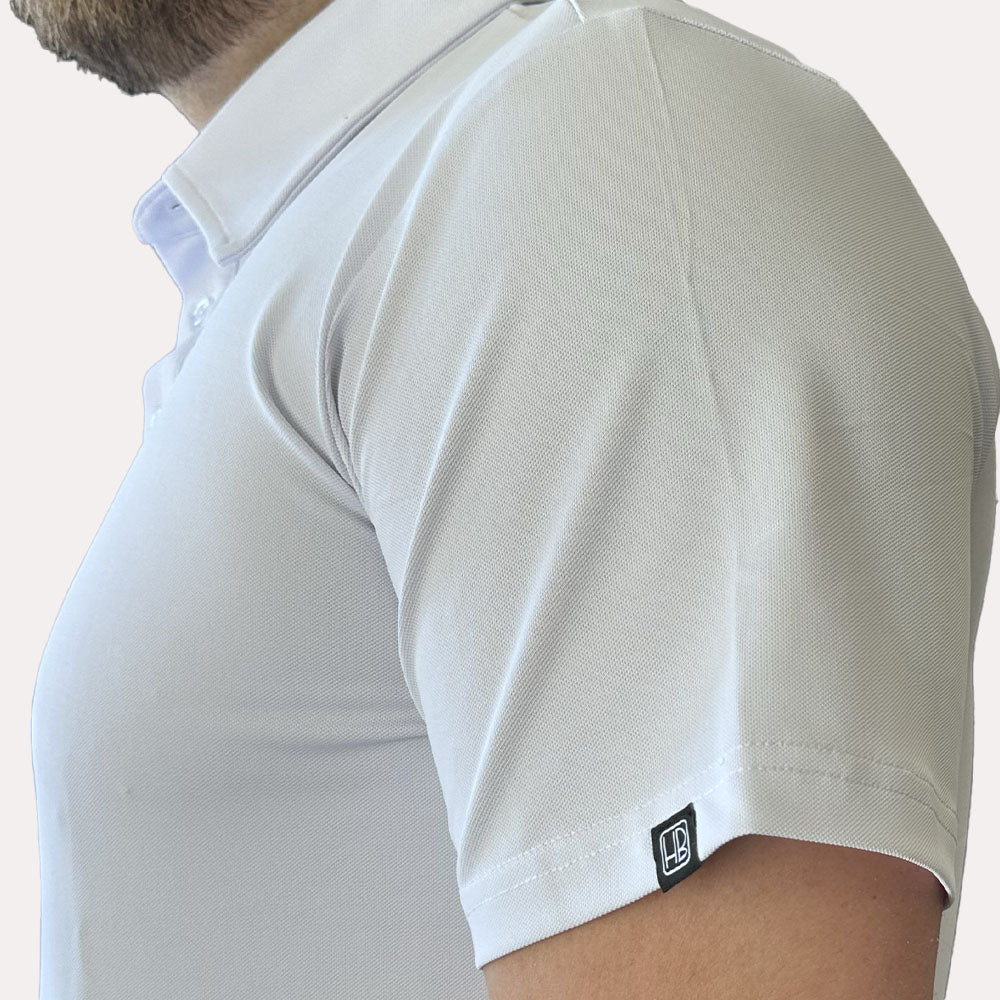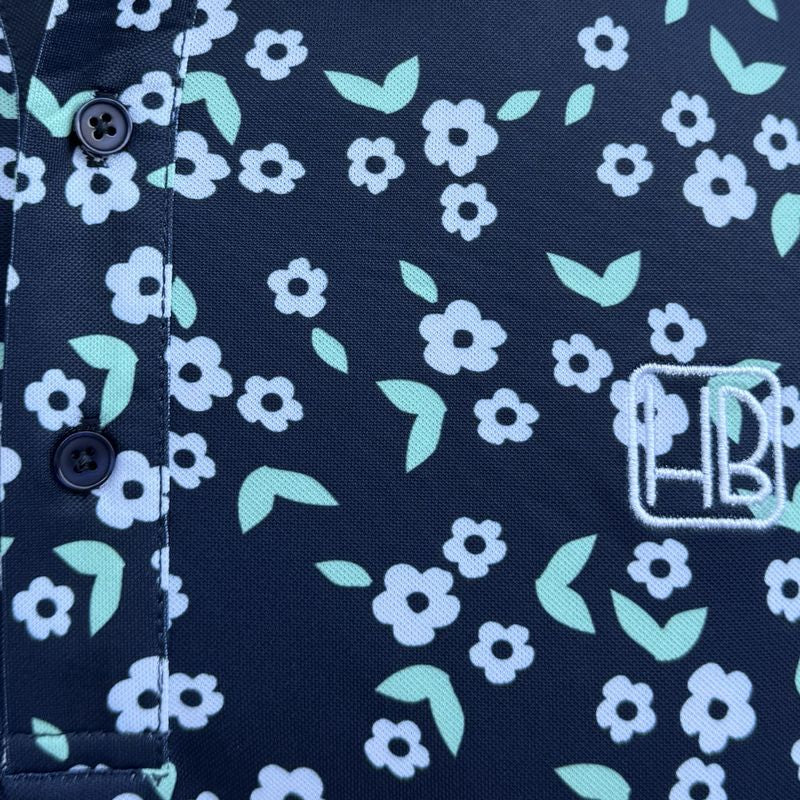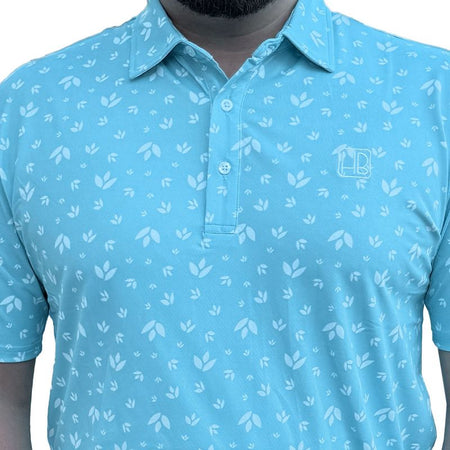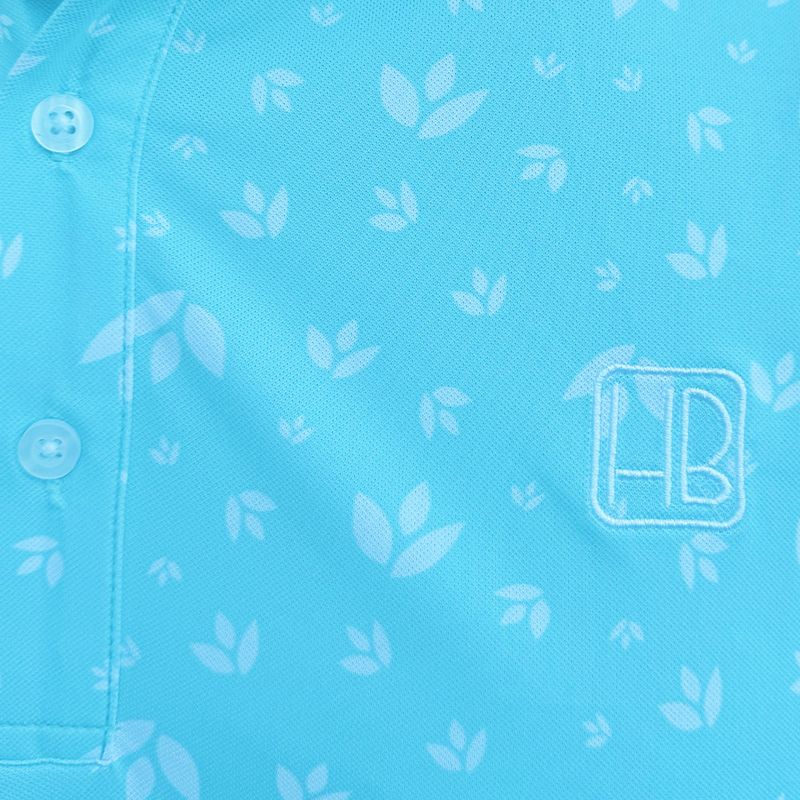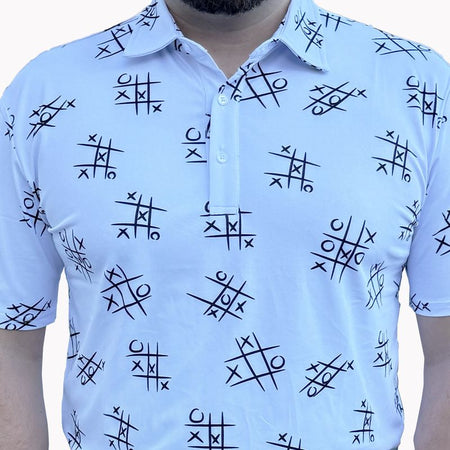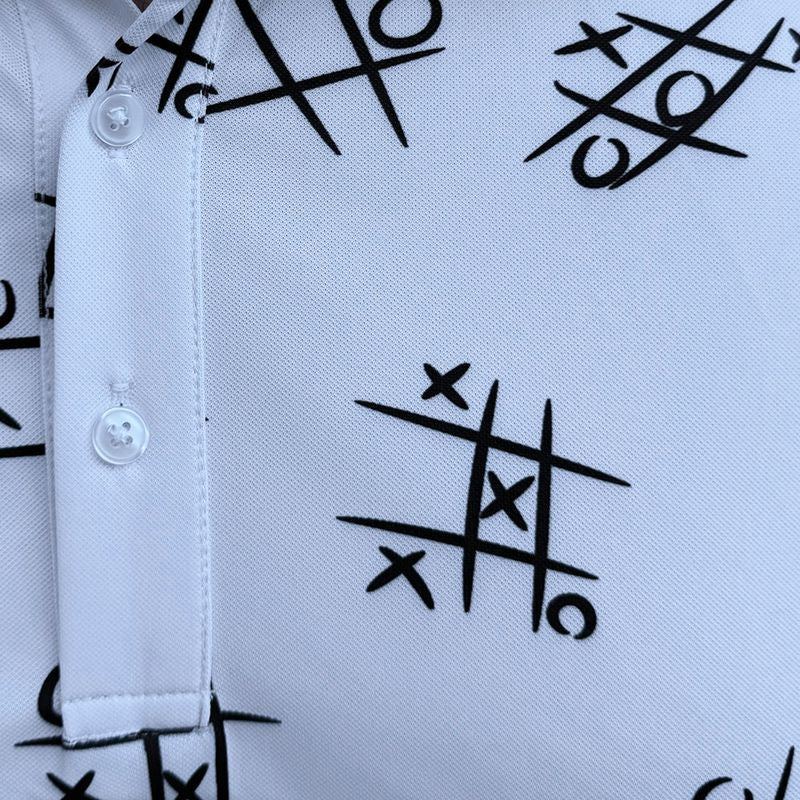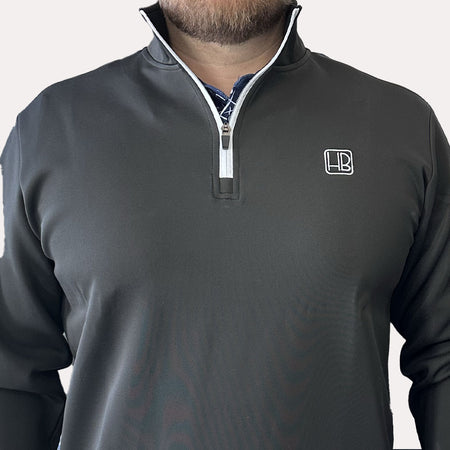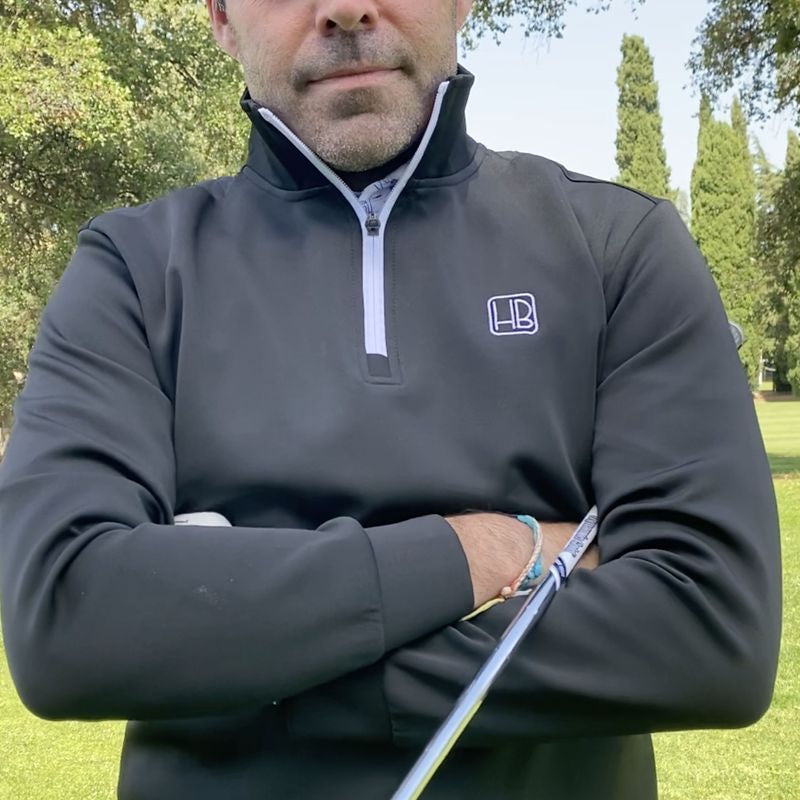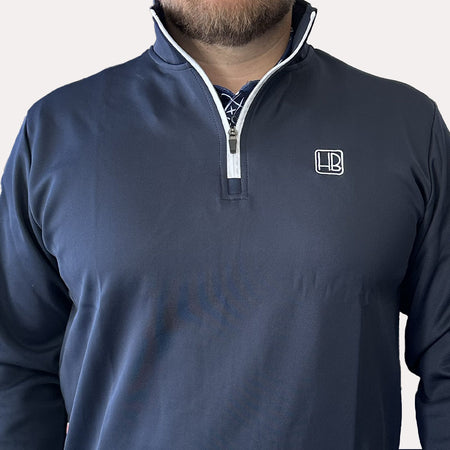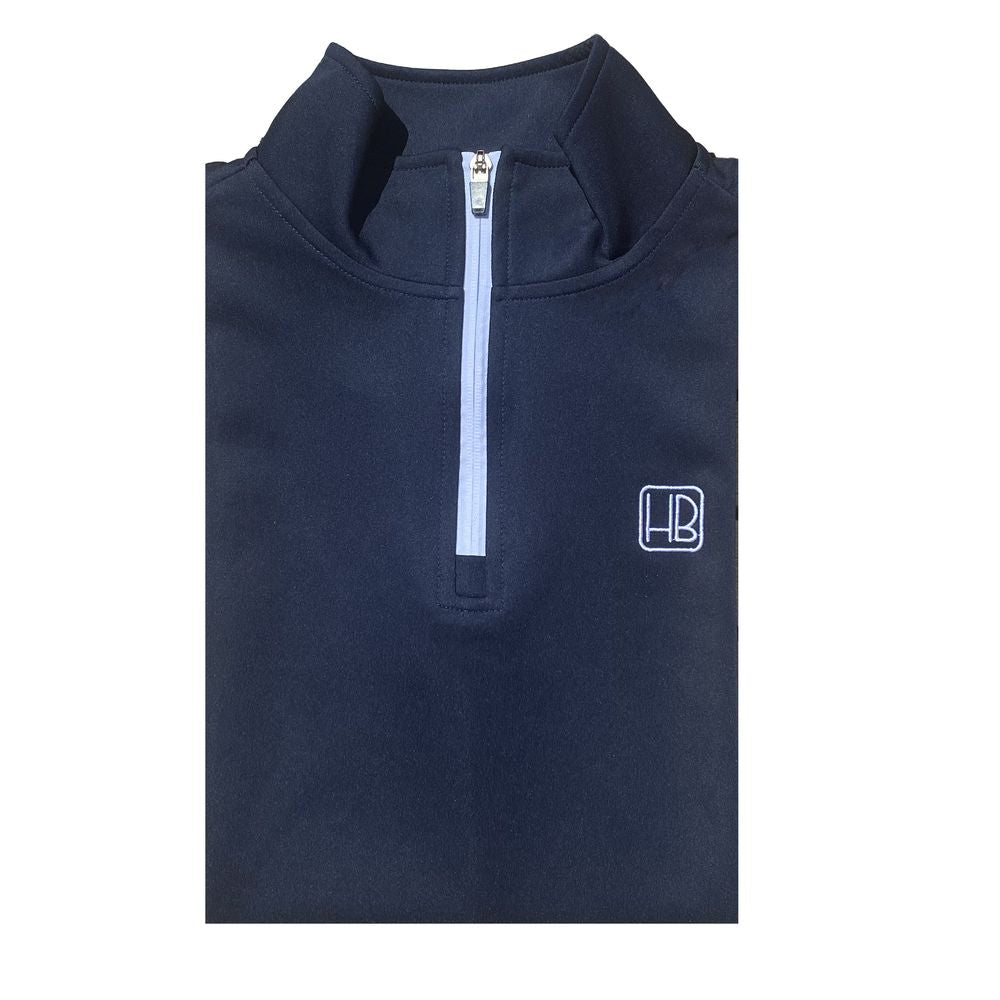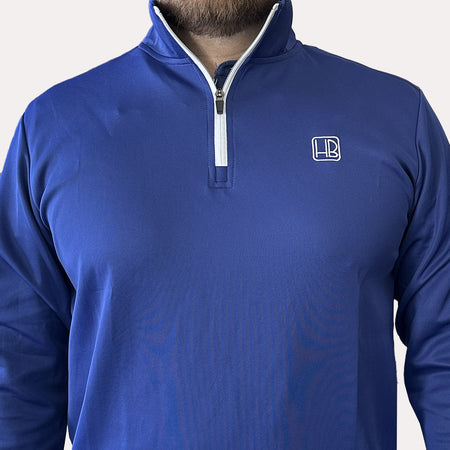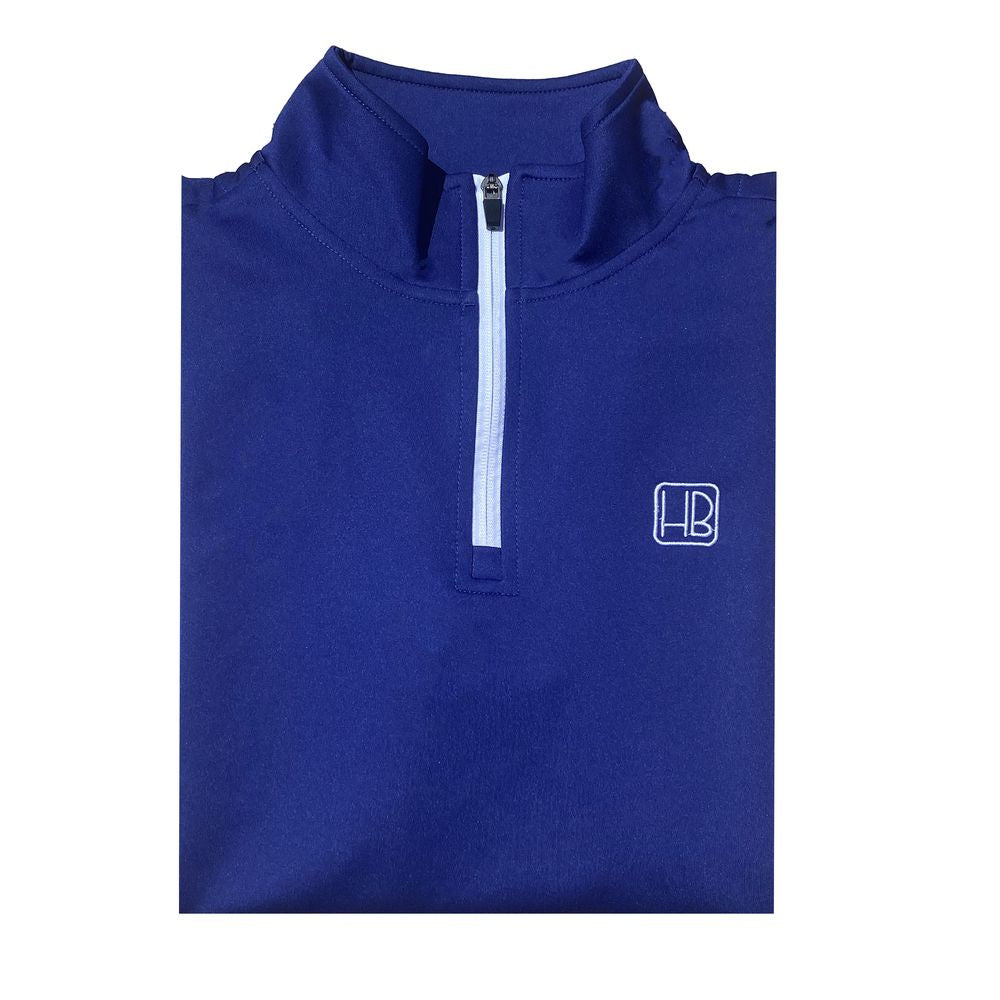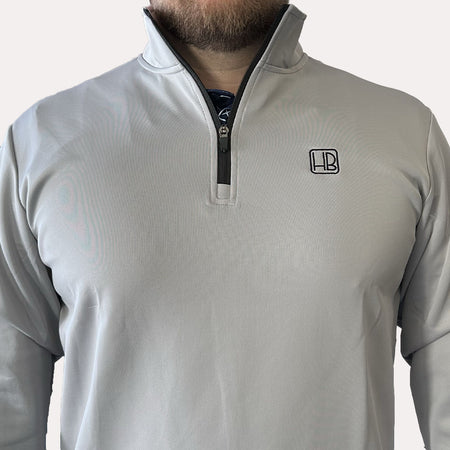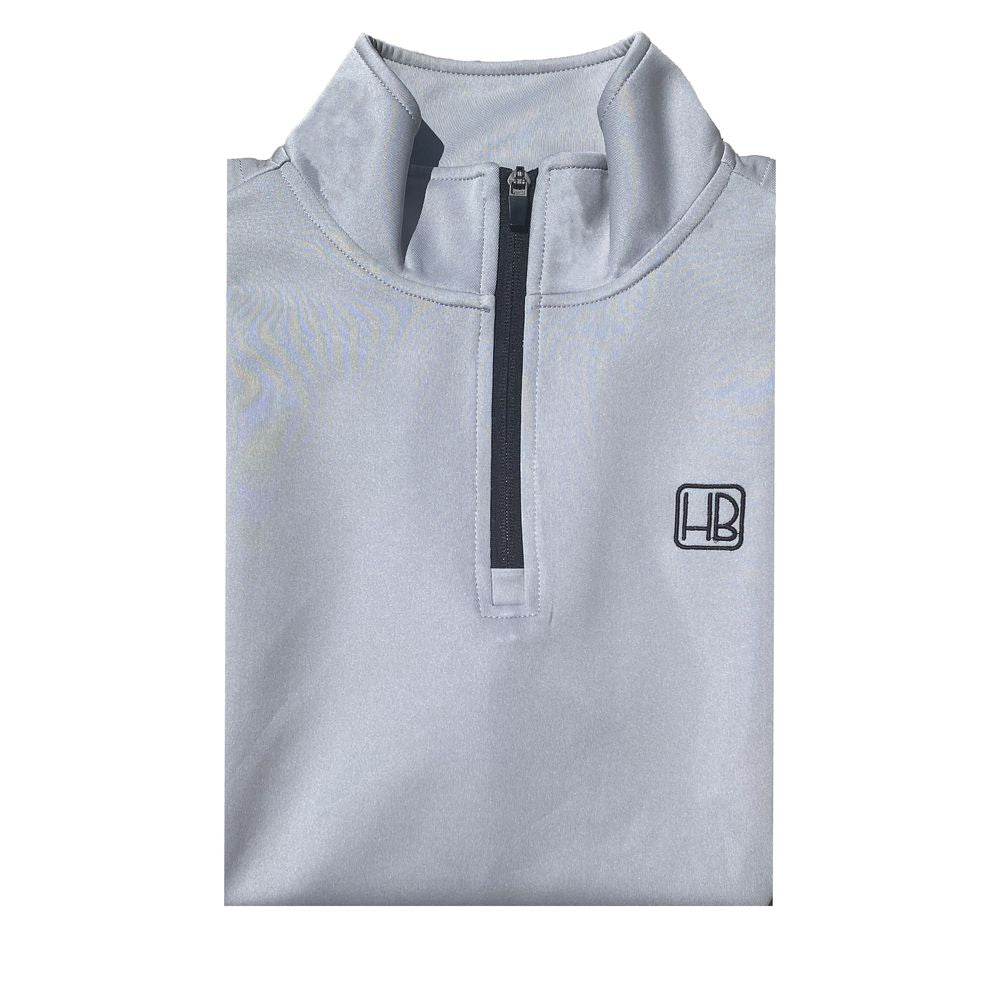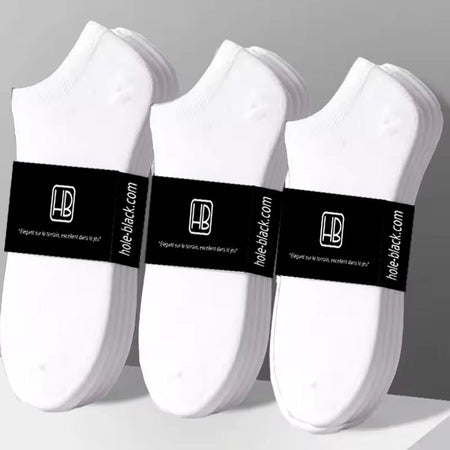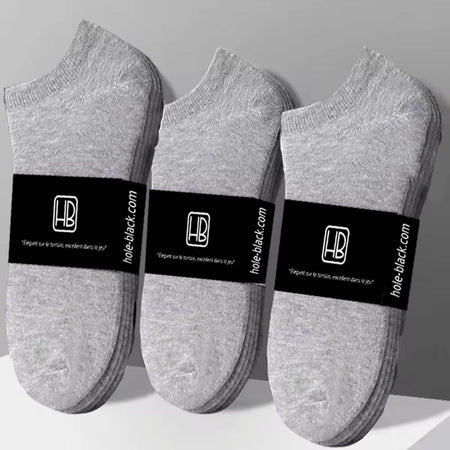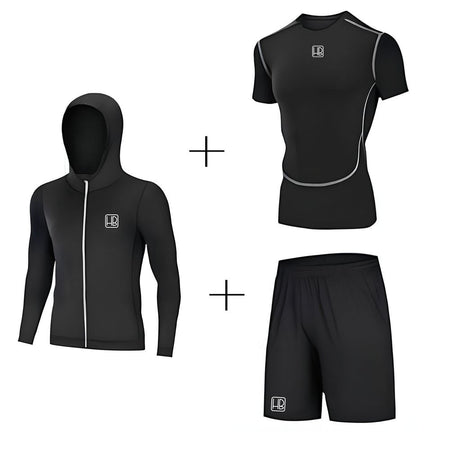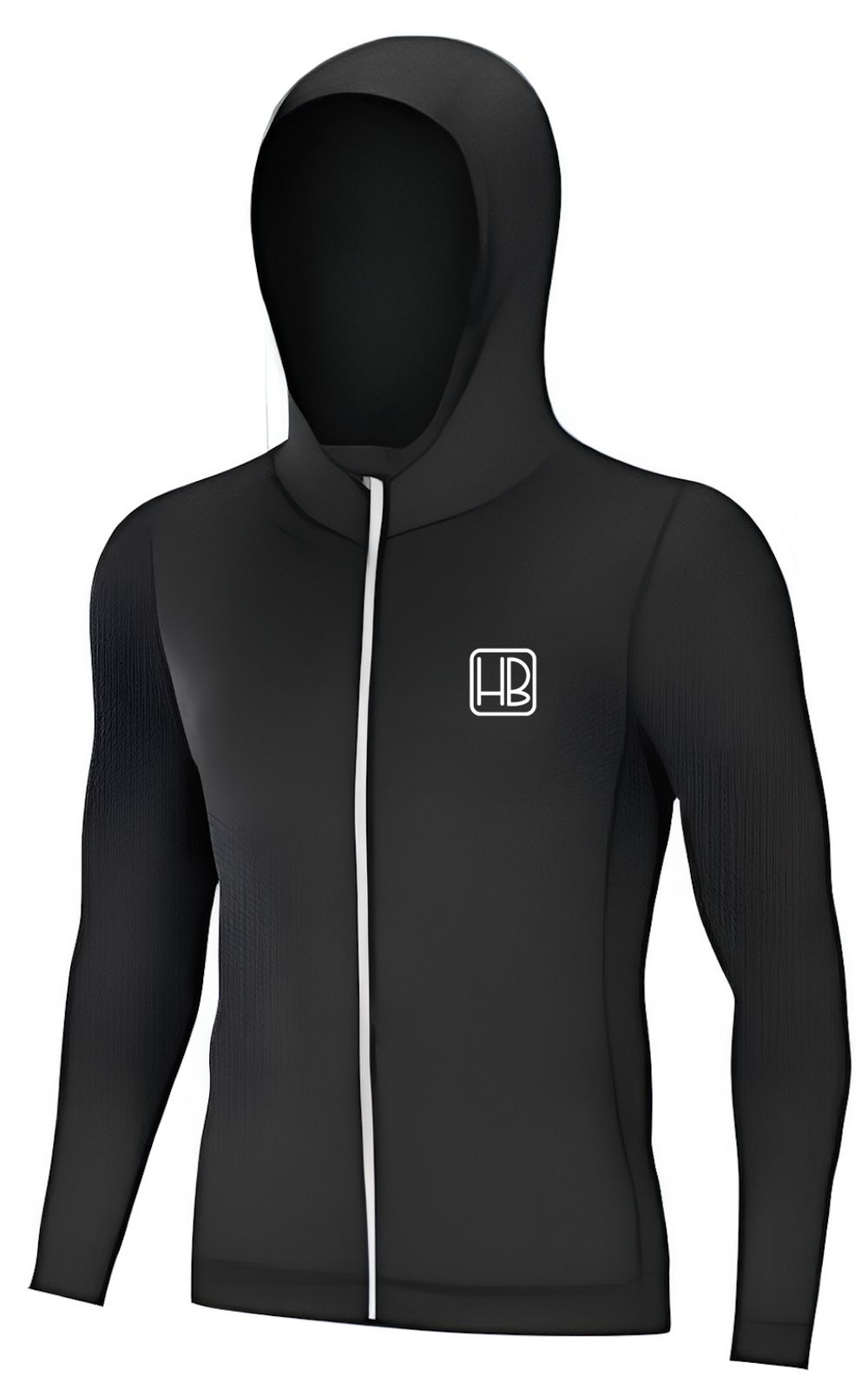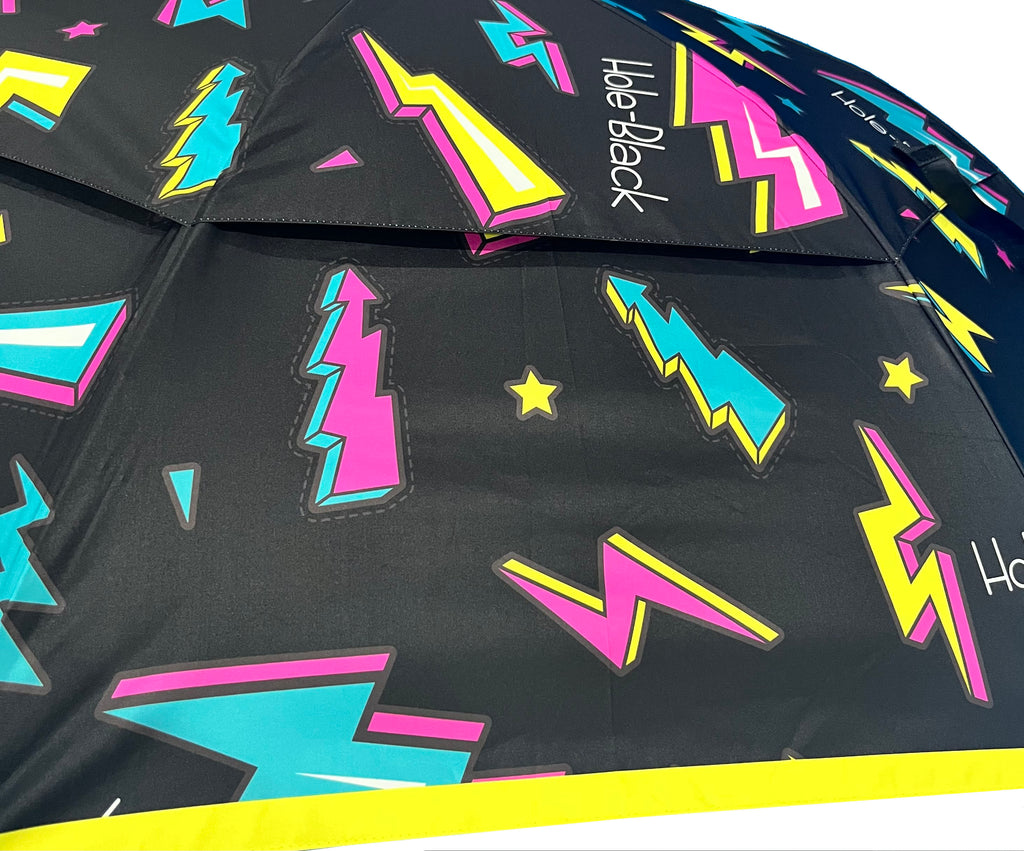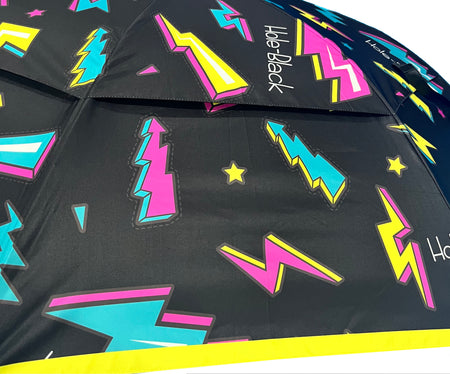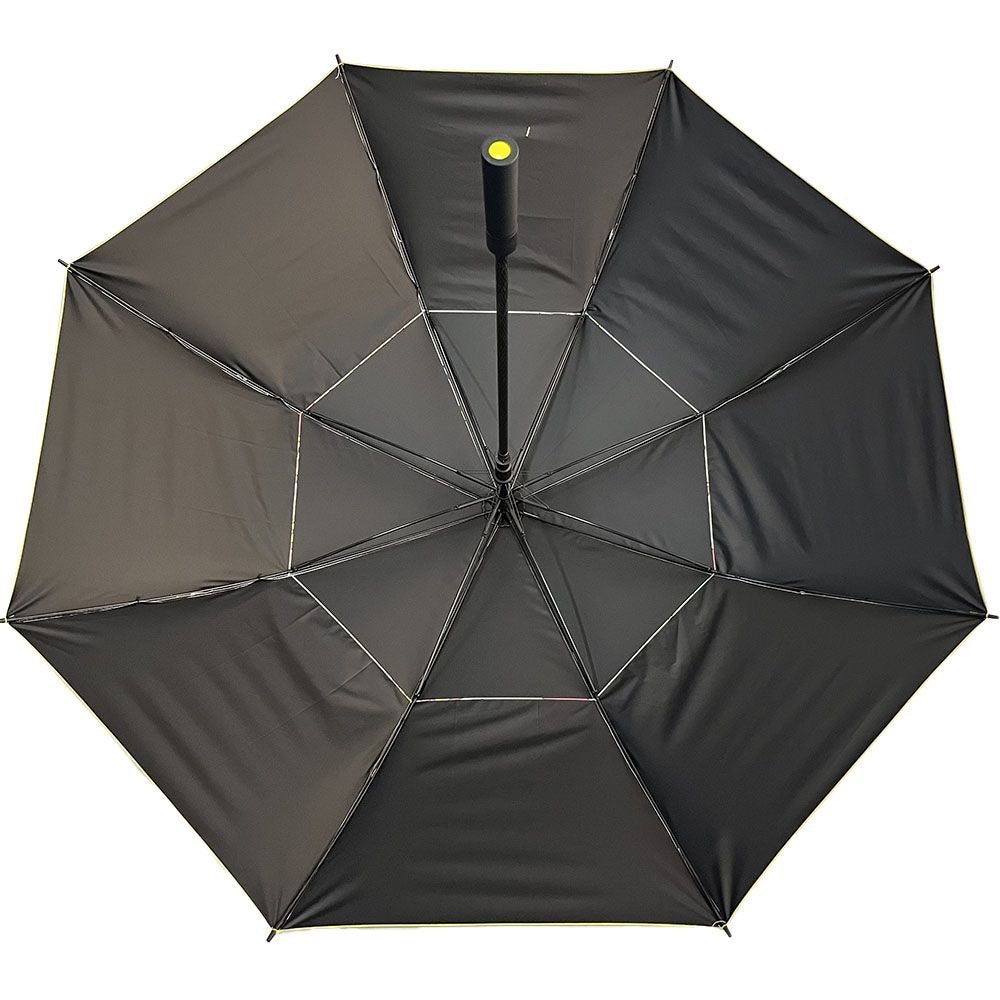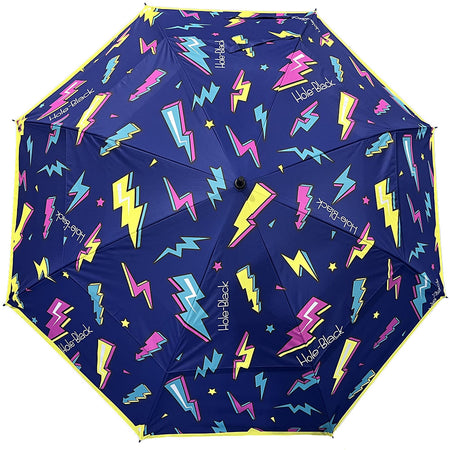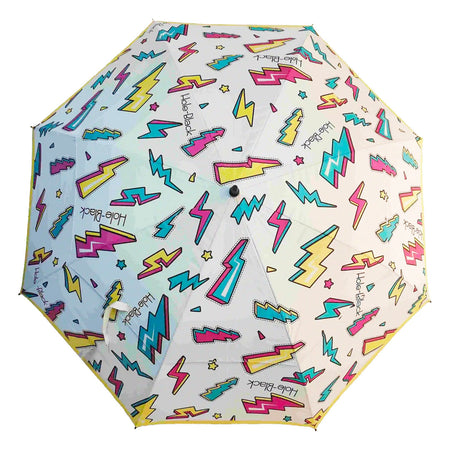How to choose the right golf driver?
The driver is one of the most important clubs in a golfer's kit. Its power and ability to cover great distances make it an essential tool for tee shots. But how can you make sure you choose the right driver to improve your performance on the course? Here are some things to consider.
1. Understand your needs and your level
First and foremost, it's essential to consider your level of play. A beginner won't have the same expectations as an advanced player. If you're just starting out, look for a driver that promotes forgiveness, with a large head, a low center of gravity, and a 12° loft. If you have the budget, get a fitting.
2. The size and shape of the club head
Modern drivers are limited to a 460cc head size, which maximizes the hitting surface and reduces errors. A smaller head, on the other hand, allows for better control and more power but requires greater precision; off-center hits will be more of a penalty. The shape of the head can also influence your performance. So-called "LS or Low Spin" drivers are aimed at advanced players who will allow themselves to increase their ball roll. A "Max or Draw" draw will allow a player who cuts the ball to limit their slice.
3. The loft
Loft refers to the angle at which the club face is inclined. A high loft (10.5° or higher) helps slow swing speed players achieve a higher, more stable trajectory. Players with faster swing speeds can opt for lower lofts to maximize distance.
4. The shaft
The shaft is a crucial element that influences maneuverability and distance. The flexibility of the shaft should match your swing speed:
-
Senior or Lady : Softer shaft for moderate swing speeds, generally between 60 and 75 MPH
-
Regular : Ideal for an average swing speed. Between 75 and 85 MPH
-
Stiff: Ideal for the hard hitting player, between 85 and 100 MPH
-
Extra Stiff : Suitable for players with extremely fast swing speeds. Over 100 MPH
5. Setting options
Many modern drivers offer adjustment options to tailor the club to your playing style. You can adjust the loft, weight, and balance to improve the trajectory of your shots. These adjustments can be invaluable in fine-tuning your performance. Please note that when you rotate a ferrule through a wrench adjustment, chances are it won't just affect the loft or orientation as you thought it would; it can also have a significant impact on the lie or clubface alignment.
6. Test before you buy
There's no substitute for testing the driver on the field or in a Trackman, Flightscope, or other simulator. The feel, sound, and trajectory of the driver are personal factors that are difficult to assess based on catalog data alone. Take the time to test several models to find the one that best suits your needs.
7. Set a budget
Driver prices vary considerably. High-end models offer advanced technologies but at higher prices. If you're a beginner or a casual player, an entry-level or mid-range driver may be sufficient. For enthusiasts or advanced players, investing in a high-end model may be wise.
Our recommendations:
Beginner: €150-€200
Experienced player: €300-€400
Scratch or high speed player: only on fitting.
In conclusion
Choosing the right driver is a personal decision that depends on your skill level, playing style, and goals. Take the time to carefully assess your needs and test different models. Don't hesitate to seek professional advice or contact Hole Black , where our experts will be happy to assist you. With the right driver in hand, you'll be ready to dominate the course and send your balls further than ever before!
Don't forget that the textile is also very important for the fluidity of your movements, which will undoubtedly make you gain a few precious meters with the driver, which will allow you to play a 9 iron instead of an 8 iron, which will make you hit more greens in regulation, and therefore better scores.
